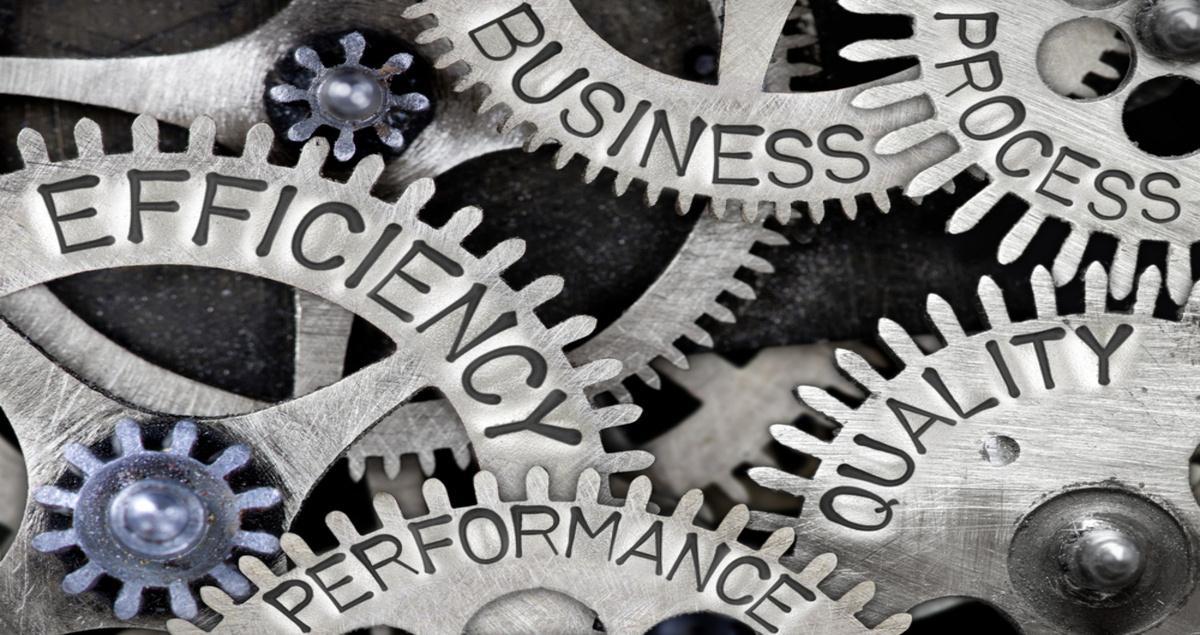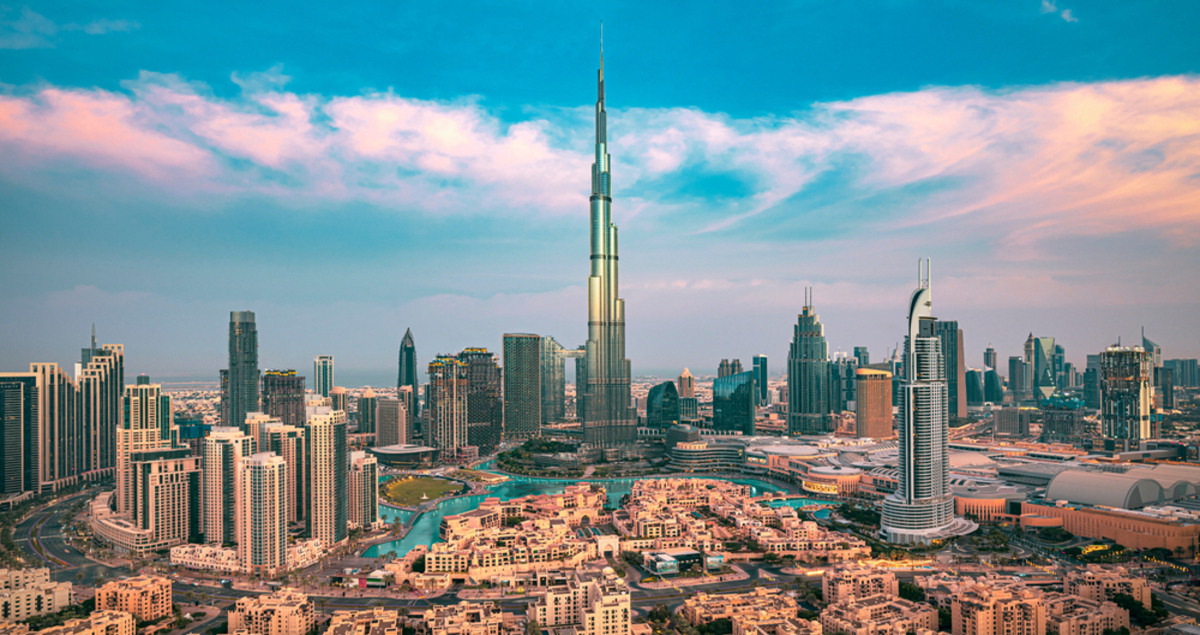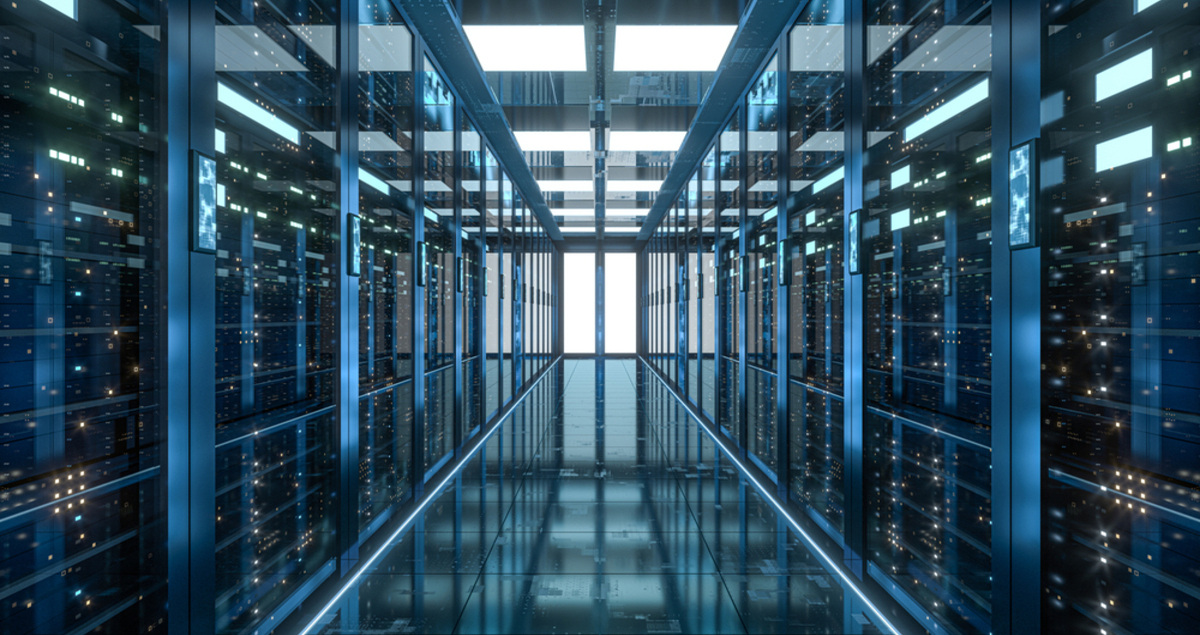Unlocking the role of energy intensity

The path to net zero is a two-sided coin. On one side is the need to increase the supply of affordable and reliable clean energy globally, but the other side — minimizing energy consumption, or in other words, reducing energy intensity — is equally important.
Achieving this and maximizing efficiency is a crucial aspect of establishing the secure, safe and efficient energy system needed to power a net zero future, as it not only helps to lower energy costs but also reduces greenhouse gas emissions and the resources required throughout the value chain.
Indeed, International Energy Agency (IEA) Executive Director Fatih Birol says the organization refers to energy efficiency as “the first fuel”, a reference to the importance of achieving more with less energy.
So how can industry seek to reduce energy intensity as a part of a pathway to net zero emissions?
Faster progress needed
Globally, energy intensity* improvements slowed to an average of 1.3% per year between 2015 and 2020. However, the IEA cautions that this figure needs to reach 4% every year by 2030 under its Net Zero Emissions by 2050 Scenario.
As a result, this will be a central topic of discussion at the upcoming COP28 summit; the president-designate, the UAE’s Sultan Al Jaber, recently reiterated goals to double the rate of energy efficiency by 2030.
The key challenge will be how to develop different strategies to produce products that give us the same benefits, despite consuming less energy, while supporting growing global populations and developing economies.

Performance: test, refine, improve for efficiency
For Mitsubishi Heavy Industries (MHI) Group, the process of testing, refining, and improving through “kaizen” — a state of continuous improvement — is nothing new, and one key advantage to this cycle is how relatively small improvements can build on each other and open the way to further enhancements and greater efficiency.
As the energy landscape transitions toward renewable sources and sustainable fuels, modern gas turbines can play a pivotal role in optimizing the efficiency of natural gas as a "transition fuel". MHI Group’s JAC-series gas turbines enable plants to achieve the world’s highest power generation efficiency of 64% or more, 20 percentage points higher than conventional coal-fired thermal power generation systems.
Reducing energy consumption at data centers — which globally consume over 1% of all electricity — is a key priority, particularly as global internet traffic continues to rise. MHI has conducted demonstration testing of an immersion cooling system that reduces energy usage for data center cooling by 94% compared to conventional methods.
And, in the steel sector, MHI group company Primetals Technologies has been increasing efficiency and reducing costs with its array of advanced technologies: from selective waste gas recirculation to reusing waste heat and recovering energy from the top gas of a blast furnace.

Intensity intelligence
Efficiency gains don’t just emerge from manufacturing innovations. Energy management systems that can control and optimize operations also provide a pathway to help hard-to-abate industrial sectors ultimately achieve carbon neutrality.
MHI has developed an energy management system that maximizes both economic efficiency and CO₂ reduction. It also manages the proper execution of the optimization process and allows for visualization of the differences. This solution is based on MHI’s ΣSynX (Sigma Syncs), its digital innovation brand, which combines intelligence and technology to facilitate coordination between humans and machines.
At its Yokohama Hardtech Hub (YHH) in Japan, MHI is demonstrating how the new management system can minimize emissions and electricity costs by optimizing the operation of solar power generation and battery storage systems, including the control of energy demand devices. At YHH, such solutions have been incrementally developed, improved and optimized.

Collaboration for net zero
Just as kaizen is a central part of Japanese business culture, so too is long-term thinking. As companies around the world — including MHI — move closer to net zero, they are increasingly seeking multi-year collaboration opportunities, especially in heavy industry.
Long-term partnerships that help establish clear deadlines and targets and facilitate connections with others in the same industry are sound ways to avoid duplication and inefficiency — a central conclusion in the “Breakthrough Agenda Report” from the International Renewable Energy Agency, the United Nations and the IEA.
Furthermore, by seeking operational efficiencies, be that through AI or manufacturing improvements, less energy is being wasted, which means fewer replacement energy projects need to be constructed.
The journey to reducing energy intensity is not just a matter of economic prudence, it is a global imperative intricately linked to our pursuit of a sustainable future. As we navigate the complex terrain of net zero, every effort to reduce energy intensity counts.
* The rate of global energy intensity improvement - defined as the percentage decrease in the ratio of global total energy supply per unit of gross domestic product (GDP) - is the indicator used to track progress on global energy efficiency.
Discover more about MHI Group’s solutions to fast-track the Energy Transition





